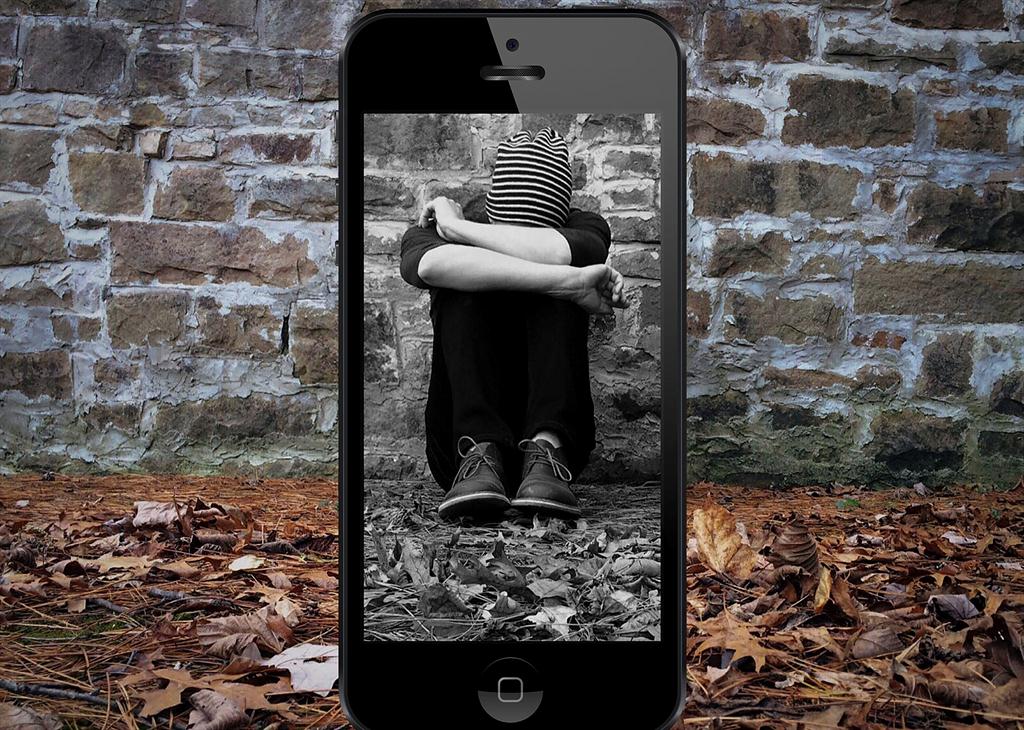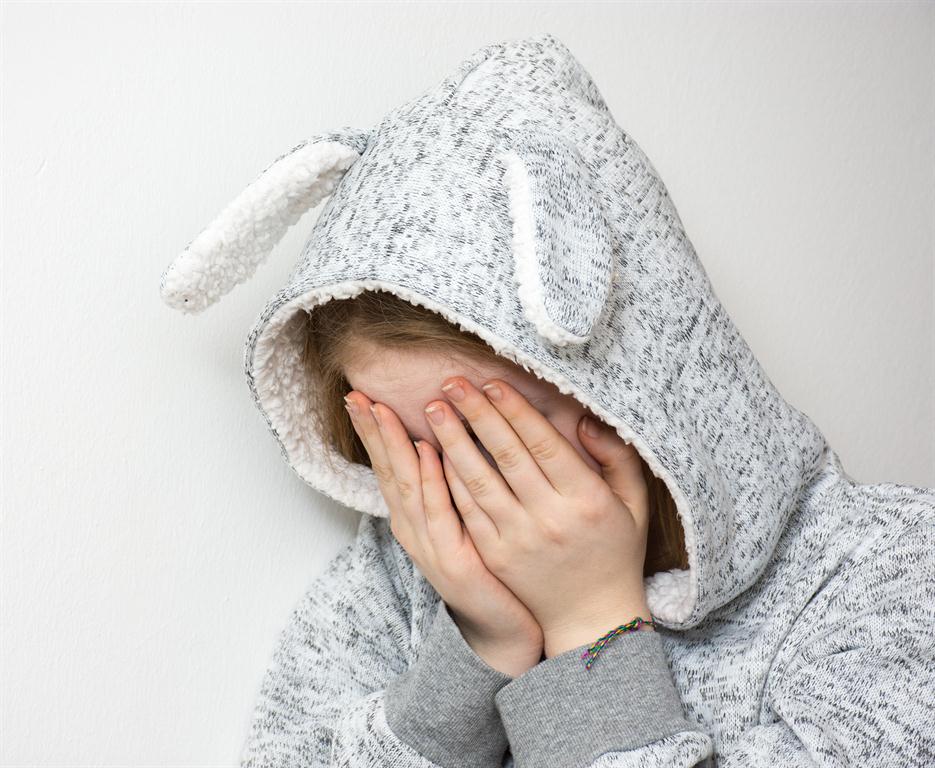Effective prevention of and response to violence and self-harm in schools
Namibia’s National Safe Schools Framework
The National Safe Schools Framework (NSSF) is a dimension of the Integrated School Health Programme. The programme focuses on promoting the health, safety and well-being of learners and other school stakeholders in Namibia, and was developed to provide practical guidance to schools and stakeholders on how to systematically improve the standards of school safety and to develop a culture of care in any school.
Preventing and responding to bullying in schools
Physical bullying often receives the most attention from school management as it is the most clearly recognised type of bullying. However, all types of bullying can cause serious and long-term harm, be it physical or psychological. The psychological effects of bullying can affect a learner’s confidence to the point that he/she struggles to engage in both social and academic activities in school.
Bullying is a widespread and very serious problem. Learners, teachers, parents and guardians, the school management and the community as a whole must be made aware of bullying in all its forms.
Types of bullying
Sexual: Inappropriate notes, jokes, pictures, taunts and rumours, uninvited touching and any uninvited sexual behaviour.
Physical: Pushing, hurting or attacking a person and/or forcibly taking their possessions.
Verbal: Threatening, insulting, ridiculing, name-calling and making racist or sexual slurs.
Non-verbal: Writing hurtful messages, letters or graffiti, or distributing harmful pictures and videos.
Social: Gossiping, spreading rumours, leaving people out and breaking up friendships.
Key strategies for addressing bullying
Define bullying. The school community must have a clear definition of what constitutes bullying.
Make sure that learners know about the code of conduct. Go through it with them, explaining what each part means and why it is important. Share the code with parents, either at a parents’ meeting or through letters, or ideally both. Learners should sign the agreement to uphold the code of conduct.
Ensure that teachers know about their code of conduct. In a staff meeting, go through the code and reinforce the legal and moral obligations that teachers and principals commit to when they sign the document. Explain the importance of each section of the code.
Increase supervision. Ensure that problem areas identified in the hot-spot mapping exercise are adequately supervised. Learner representative councils and edu-circles can also play a role in supervision.
Identify ‘champion learners’ to address bullying issues by:
Becoming members of the Committee for School Health and Safety;
Providing guidance and mentoring to vulnerable or younger learners;
Leading learner-based discussions on how to address bullying; and
Refusing to be passive bystanders.
These learners should also be trained in conflict resolution skills, so that learners themselves are empowered to mitigate conflicts among their peers.
Culture of care
Create a culture of caring, respect and safe reporting in every aspect of school life. From the classroom to the sports field to one-on-one meetings and social events, it should be made clear that everyone at the school is treated with respect, and that bullying is not tolerated. School stakeholders should be made to feel comfortable reporting incidents, and follow-up should be quick and fair and should not give rise to any negative repercussions for reporting.
Work closely with children who struggle with low self-esteem, are vulnerable or are struggling in class. Encourage their involvement in projects that generate pride in their achievement, foster a willingness to help others, and encourage positive feedback from teachers and fellow learners. Acknowledge the efforts of these learners and try to foster emerging interests and talents.
Monitor: Review policies and practices regularly to ensure that they remain relevant, and be willing to adapt, relax or strengthen interventions when conditions change.
Identifying a learner who is being bullied: Some learners are more at risk than others of being bullied or becoming bullies. Being able to identify these children allows schools to intervene and assist them before incidents occur. Not every learner with these particular risk factors will be involved in bullying, but several will merit close attention.
Bullied learners:
Struggle to interact with others
Have few friends
Have something that makes them different from their classmates
Have low self-esteem
Learners who bully:
Struggle to control anger and emotions
Are concerned about popularity
Like to dominate or control
Are disruptive or overactive
Have little empathy
View violence positively
Struggle to follow rules
Both:
Have poor social skills
Have low self-esteem
Are prone to depression or anxiety
Have little support at home
- Adapted from the Centre for Justice and Crime Prevention and Department of Basic Education, Safe Schools Framework for South Africa, 2012 and the Centre for Peace and Justice and Department of Basic Education, Addressing Bullying in Schools: Trainers Manual, Cape Town, South Africa, 2012.
Preventing and responding to bullying in schools
Physical bullying often receives the most attention from school management as it is the most clearly recognised type of bullying. However, all types of bullying can cause serious and long-term harm, be it physical or psychological. The psychological effects of bullying can affect a learner’s confidence to the point that he/she struggles to engage in both social and academic activities in school.
Bullying is a widespread and very serious problem. Learners, teachers, parents and guardians, the school management and the community as a whole must be made aware of bullying in all its forms.
Types of bullying
Sexual: Inappropriate notes, jokes, pictures, taunts and rumours, uninvited touching and any uninvited sexual behaviour.
Physical: Pushing, hurting or attacking a person and/or forcibly taking their possessions.
Verbal: Threatening, insulting, ridiculing, name-calling and making racist or sexual slurs.
Non-verbal: Writing hurtful messages, letters or graffiti, or distributing harmful pictures and videos.
Social: Gossiping, spreading rumours, leaving people out and breaking up friendships.
Key strategies for addressing bullying
Define bullying. The school community must have a clear definition of what constitutes bullying.
Make sure that learners know about the code of conduct. Go through it with them, explaining what each part means and why it is important. Share the code with parents, either at a parents’ meeting or through letters, or ideally both. Learners should sign the agreement to uphold the code of conduct.
Ensure that teachers know about their code of conduct. In a staff meeting, go through the code and reinforce the legal and moral obligations that teachers and principals commit to when they sign the document. Explain the importance of each section of the code.
Increase supervision. Ensure that problem areas identified in the hot-spot mapping exercise are adequately supervised. Learner representative councils and edu-circles can also play a role in supervision.
Identify ‘champion learners’ to address bullying issues by:
Becoming members of the Committee for School Health and Safety;
Providing guidance and mentoring to vulnerable or younger learners;
Leading learner-based discussions on how to address bullying; and
Refusing to be passive bystanders.
These learners should also be trained in conflict resolution skills, so that learners themselves are empowered to mitigate conflicts among their peers.
Culture of care
Create a culture of caring, respect and safe reporting in every aspect of school life. From the classroom to the sports field to one-on-one meetings and social events, it should be made clear that everyone at the school is treated with respect, and that bullying is not tolerated. School stakeholders should be made to feel comfortable reporting incidents, and follow-up should be quick and fair and should not give rise to any negative repercussions for reporting.
Work closely with children who struggle with low self-esteem, are vulnerable or are struggling in class. Encourage their involvement in projects that generate pride in their achievement, foster a willingness to help others, and encourage positive feedback from teachers and fellow learners. Acknowledge the efforts of these learners and try to foster emerging interests and talents.
Monitor: Review policies and practices regularly to ensure that they remain relevant, and be willing to adapt, relax or strengthen interventions when conditions change.
Identifying a learner who is being bullied: Some learners are more at risk than others of being bullied or becoming bullies. Being able to identify these children allows schools to intervene and assist them before incidents occur. Not every learner with these particular risk factors will be involved in bullying, but several will merit close attention.
Bullied learners:
Struggle to interact with others
Have few friends
Have something that makes them different from their classmates
Have low self-esteem
Learners who bully:
Struggle to control anger and emotions
Are concerned about popularity
Like to dominate or control
Are disruptive or overactive
Have little empathy
View violence positively
Struggle to follow rules
Both:
Have poor social skills
Have low self-esteem
Are prone to depression or anxiety
Have little support at home
- Adapted from the Centre for Justice and Crime Prevention and Department of Basic Education, Safe Schools Framework for South Africa, 2012 and the Centre for Peace and Justice and Department of Basic Education, Addressing Bullying in Schools: Trainers Manual, Cape Town, South Africa, 2012.







Kommentaar
Republikein
Geen kommentaar is op hierdie artikel gelaat nie